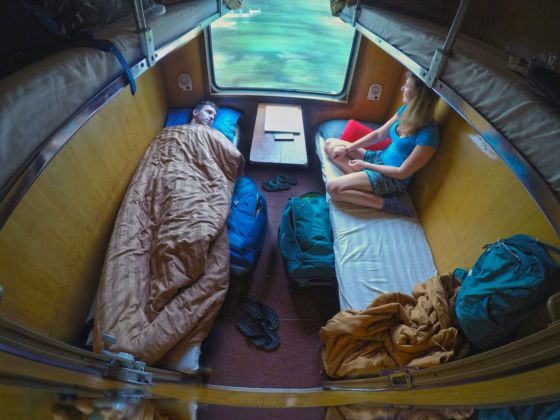LAST SUMMER I WAS CAMPING in New Jersey. There was one night where I woke up every two hours, my wife and I taking turns bolting upright, certain it was a bear every time the pine needles rustled or a stick snapped.
Right before daybreak, I opened up my tent flap to find a large timber wolf staring at me from about 30 paces away. Our eyes met and it jumped towards me, baring its teeth. I rushed to close the flimsy tent flap, ineffectively yanking on the zipper. The wolf made it inside and bit my hand as we tumbled into a confusion of dizzying sensations.
